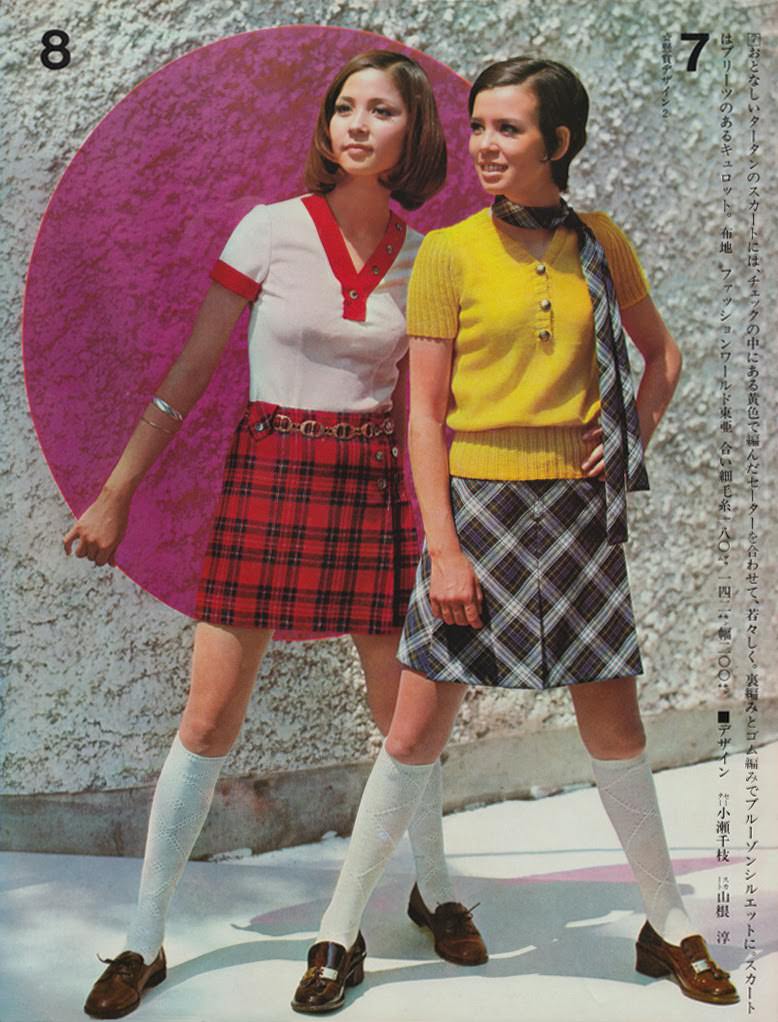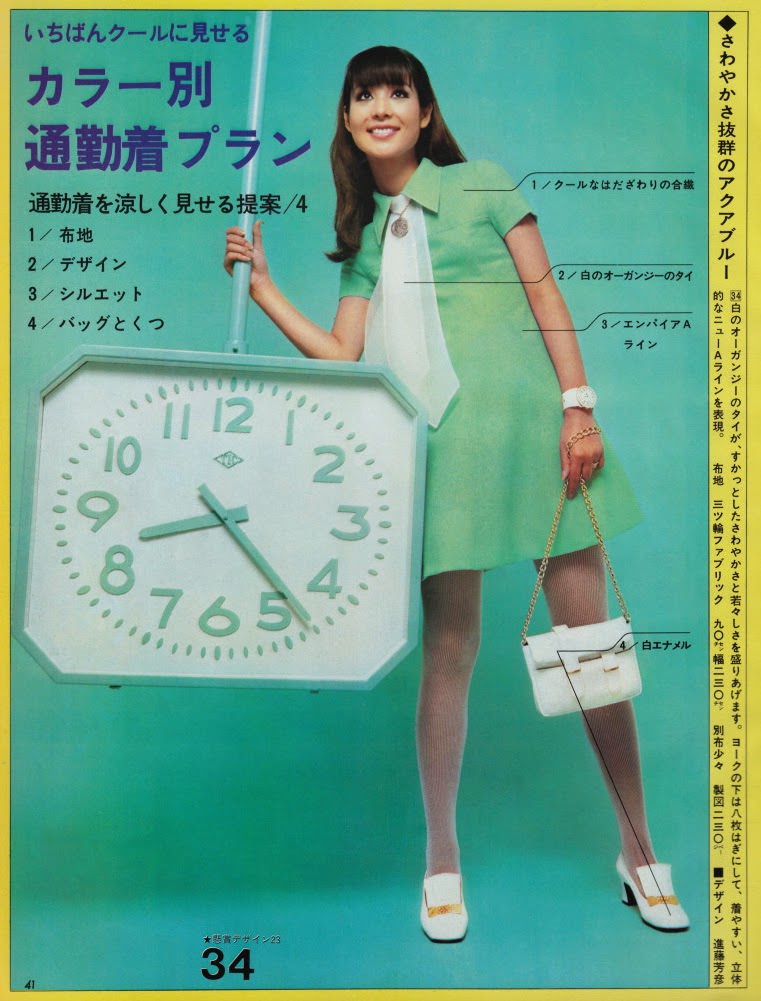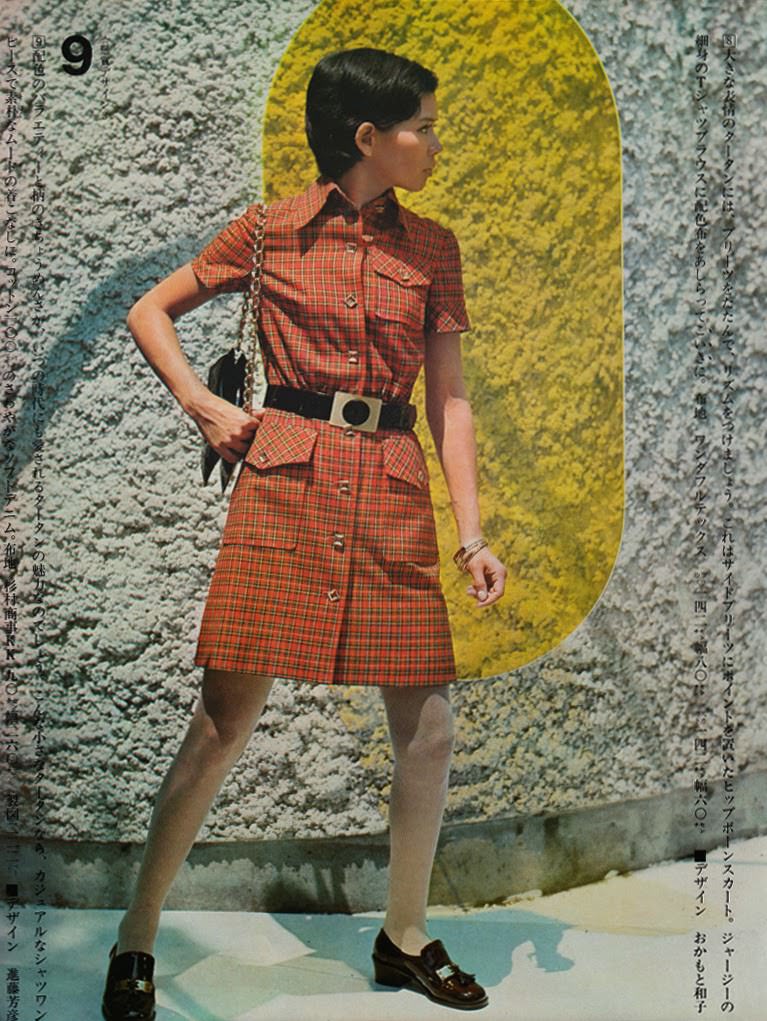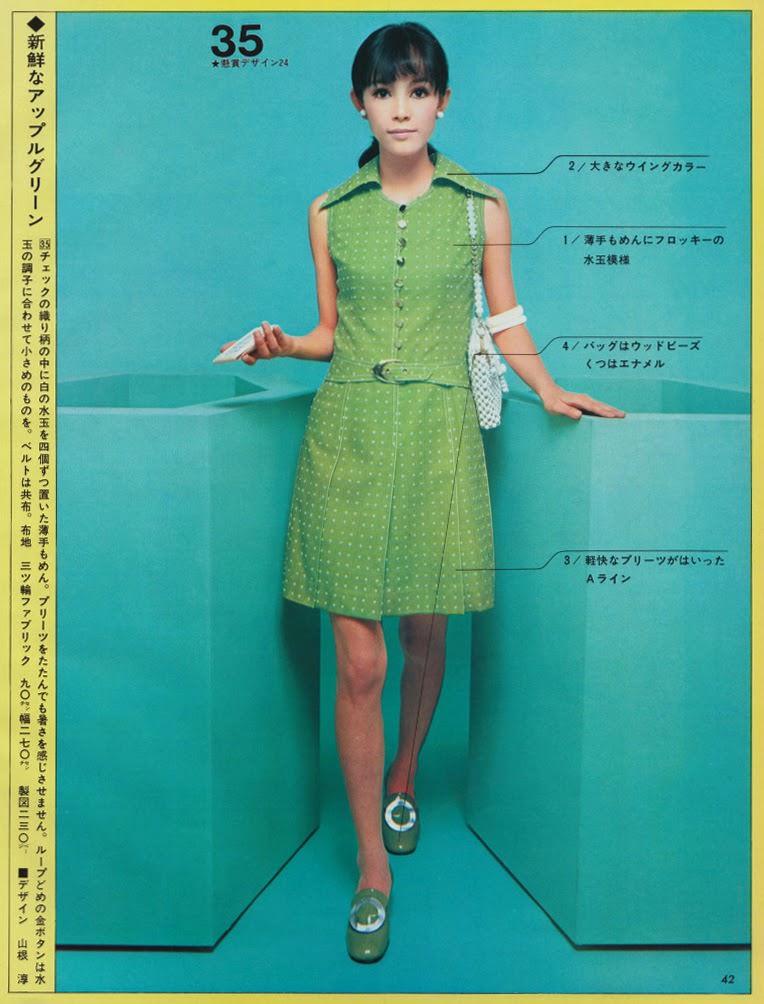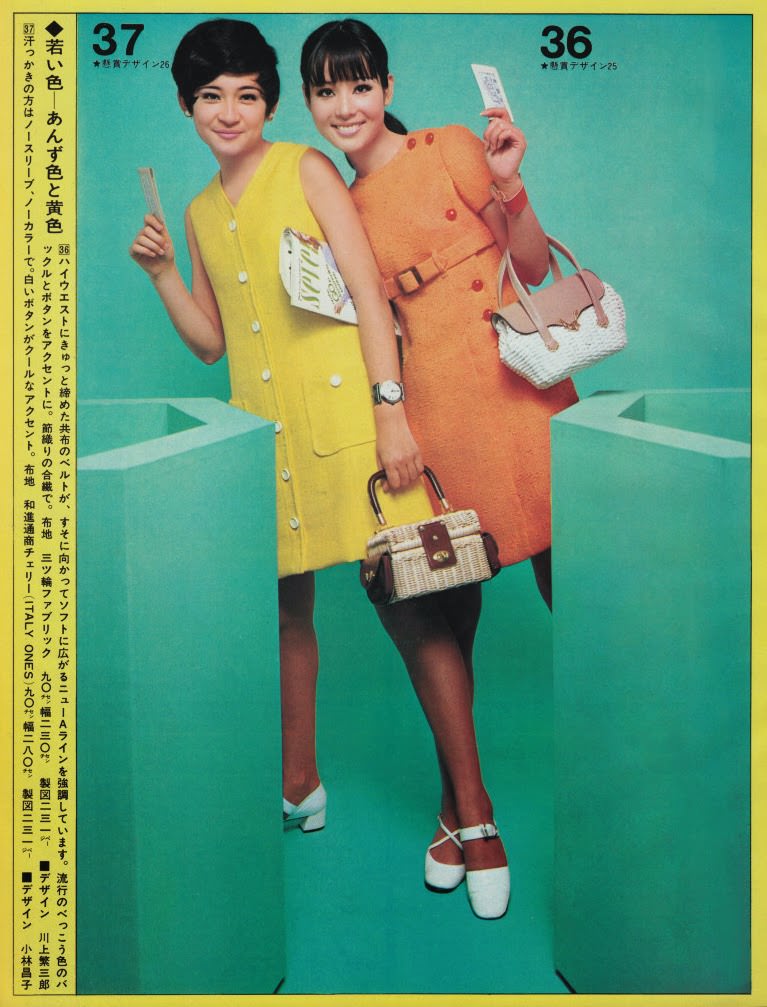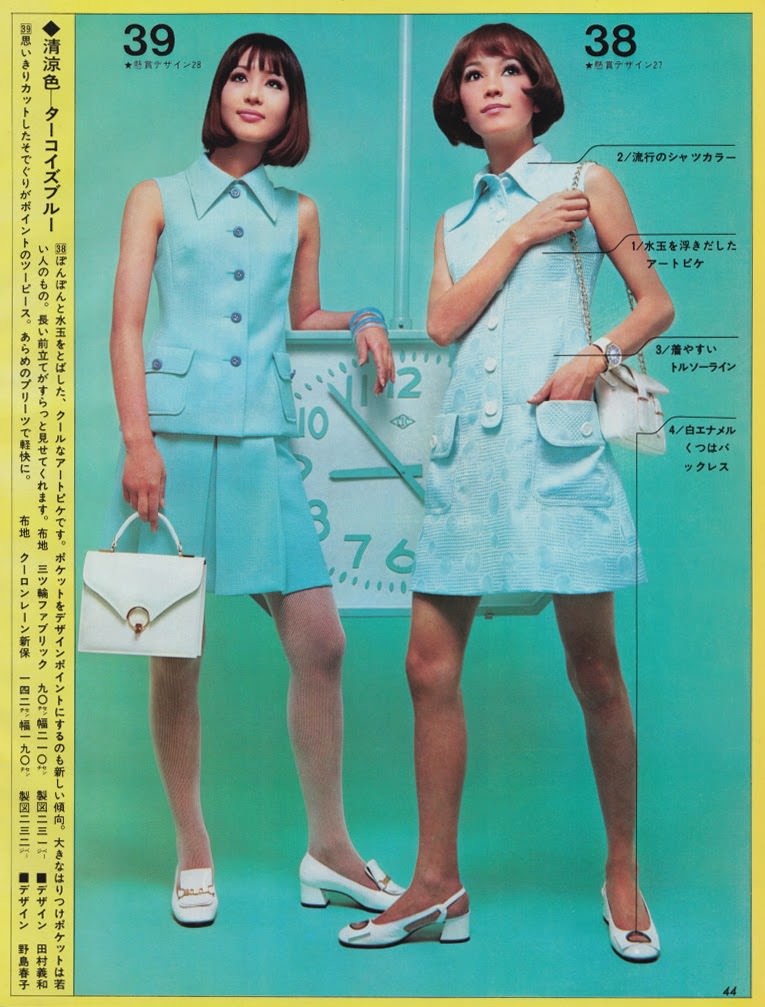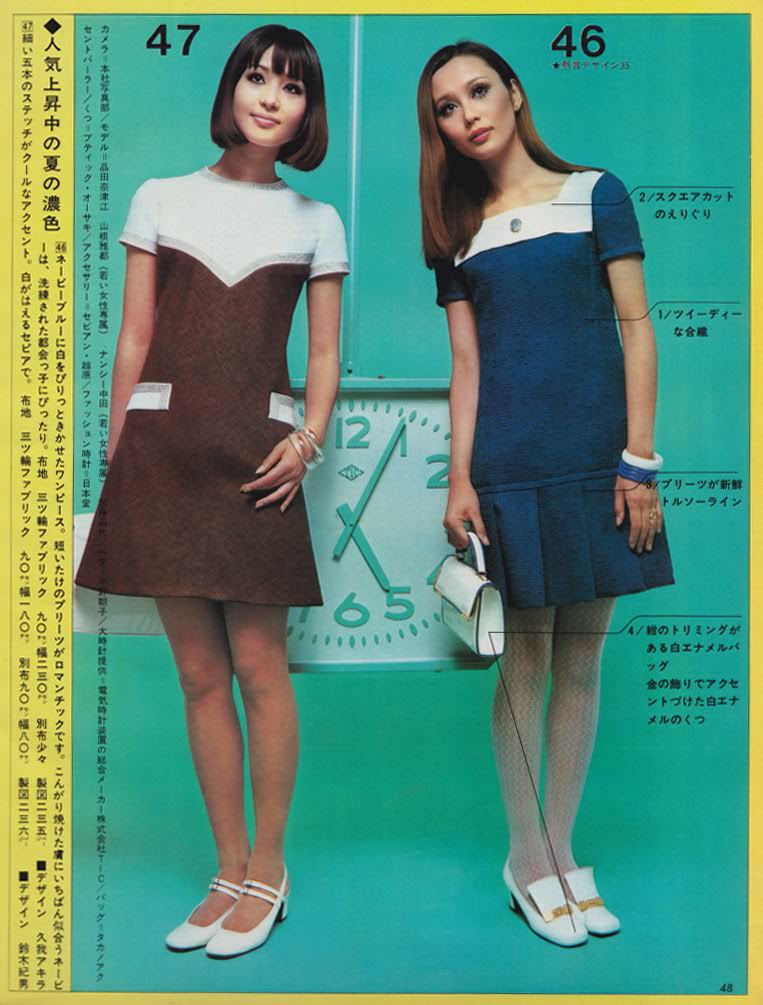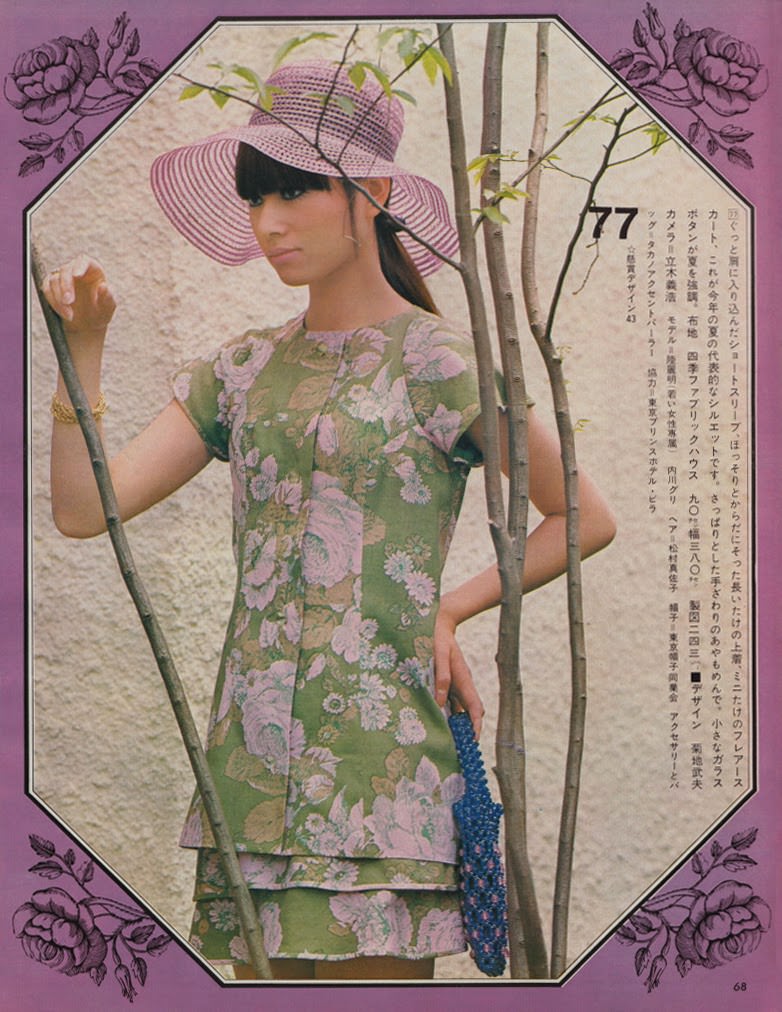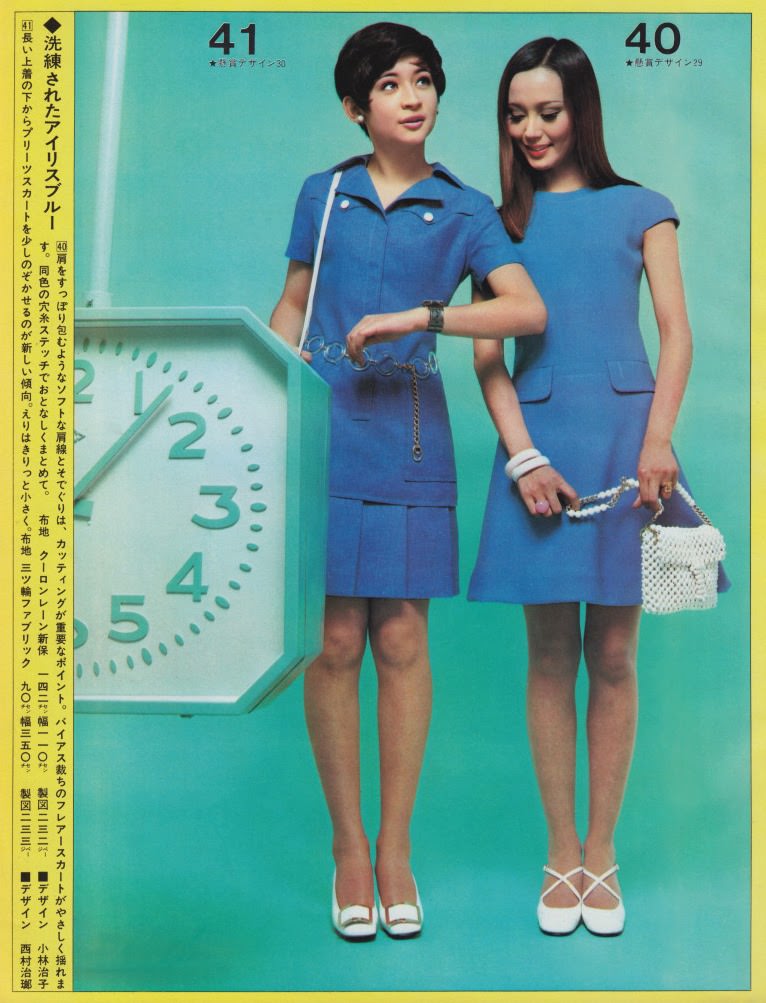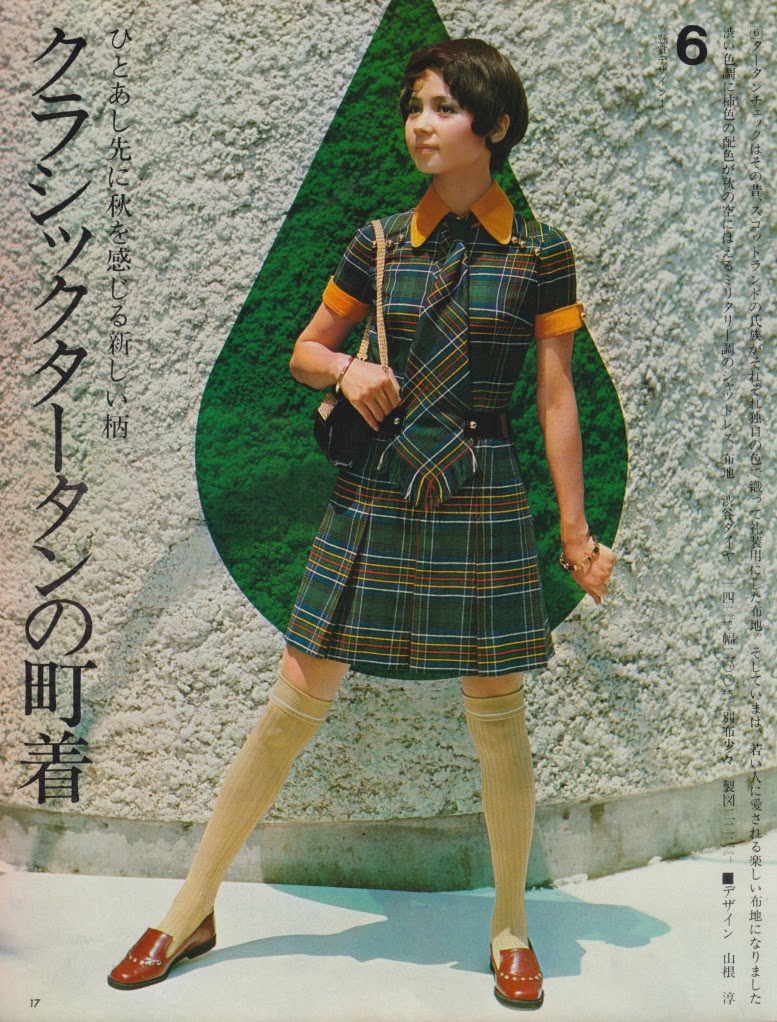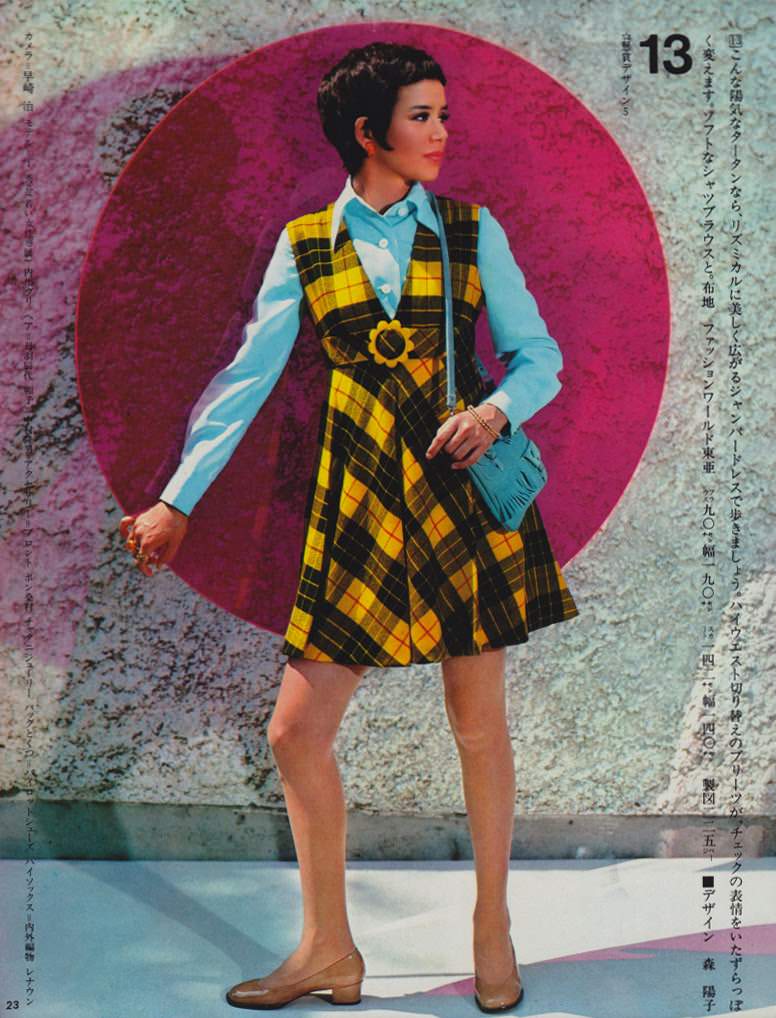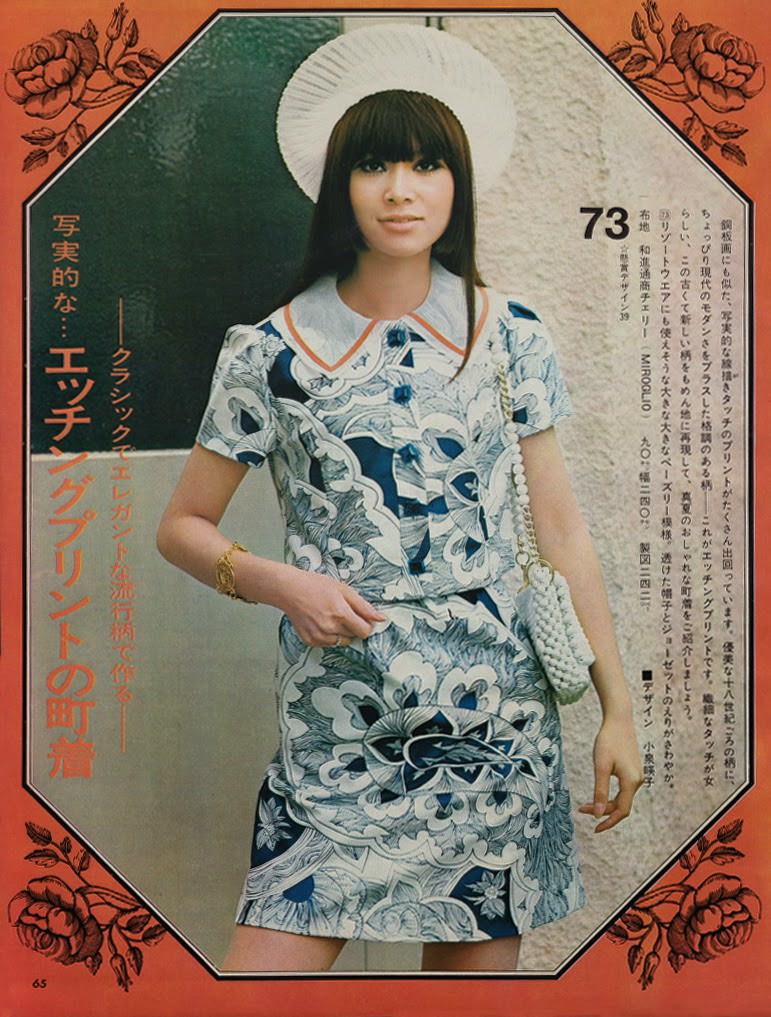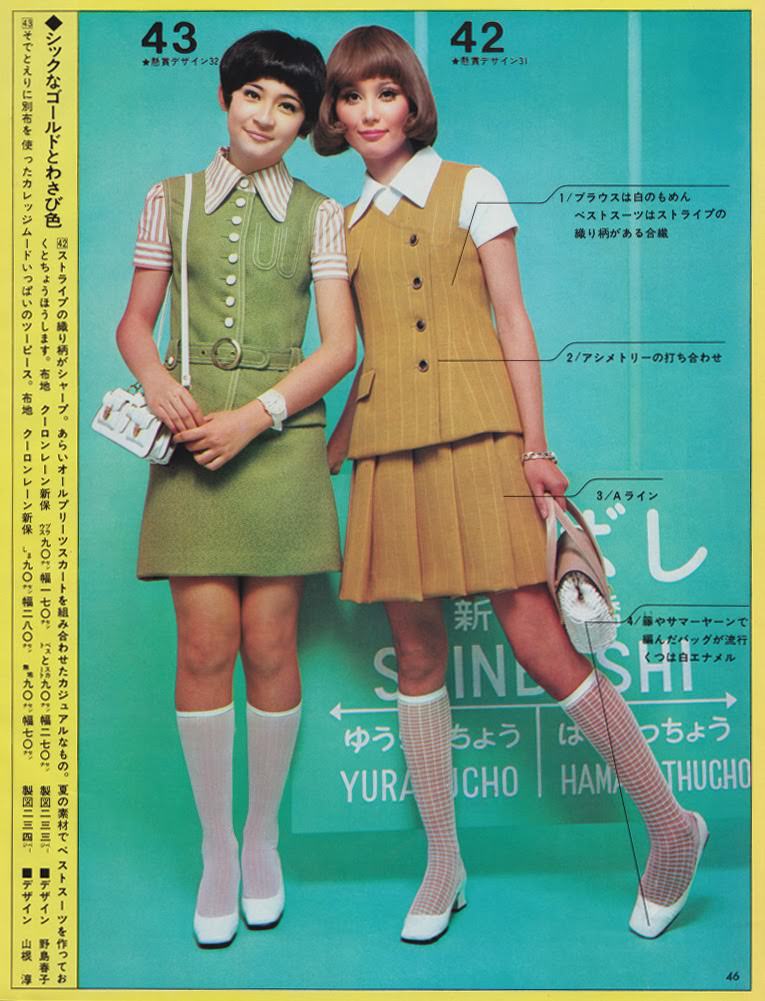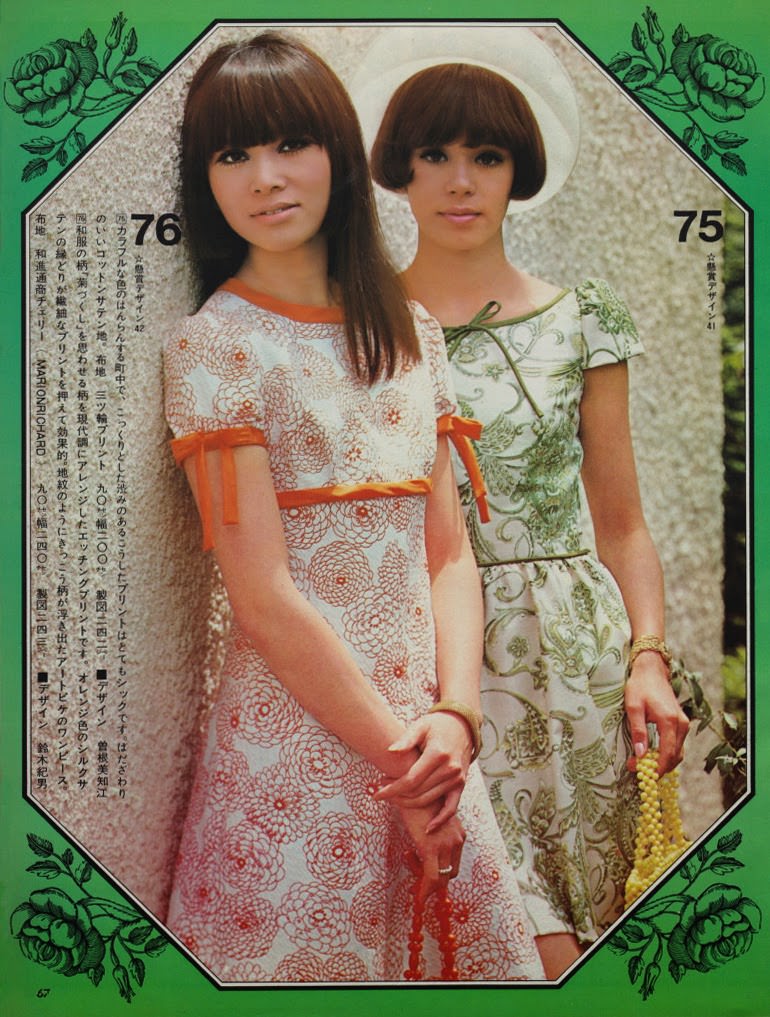In the late 1960s, Japanese women’s fashion was a fascinating blend of styles. It reflected a period of change and outside influences, creating a look that was distinct to the era in Japan.
Following the end of World War II, the United States had a significant influence on Japan. This influence extended to many areas of life, including how people dressed. Japanese ways of dressing began to undergo a major shift away from older, more traditional styles and clothing associated with the wartime period.
Before this transition became widespread, some clothing, like loose-fitting trousers called monpe, was common, especially having been required wear for war-related work. As Japan embraced changes after the war, women started to replace these older styles with clothing that was based on Western designs. A clear example of this was women choosing to wear Western-style skirts more readily than before.
Read more
People in Japan increasingly followed fashion trends that were popular in the West, particularly those coming from the United States and Europe. This meant that styles seen in places like Paris, London, and New York began to appear in Japanese fashion, adapted for the local market.
By the late 1960s, one prominent shape seen in Japanese women’s fashion was the A-line cut. This was a major silhouette in 1960s fashion overall. The A-line shape is narrow at the top, usually at the shoulders or waist, and then flares out gradually downwards, forming a shape like the letter A. This cut was popular for dresses and skirts, creating a clean and modern look.
To see what this fashion truly looked like, you can look at images from magazines of the time. Looking at photos from this magazine would show models wearing these styles – the A-line dresses and skirts, the mix of structured shapes with decorative flowery patterns, and the overall presentation that embodies this blend of Western influence and Japanese style.


